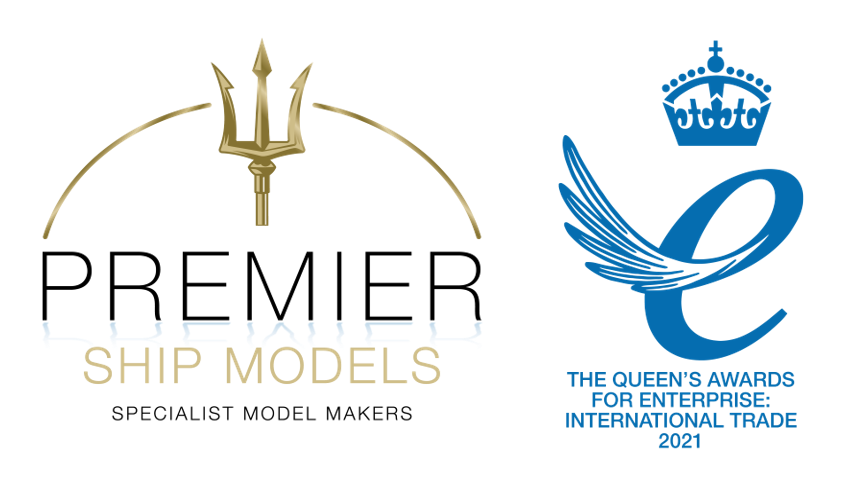Premier Ship Models have recently completed a custom project, constructing a model of the illustrious P8 Voyager.
The real-life counterpart has been engineered to produce zero-emissions, as it is fully electric. Additionally, the P8 Voyager features active hydrofoils, meaning she is next to silent, as well as being incredibly comfortable.
Our model equivalent is a stunning replica of the Candela P8 Voyager. She is sleek and elegant, and is finished off with a striking metallic grey colour scheme. The client was left thrilled with the result!
This project was completed for a private client, and so not much can be said here, except for the fact that the client was immensely happy with the end result. They were pleased with the speed and quality of the project, as well as the level of transparency provided.
We are yet to deliver the 40 models at the time of writing, but the prototype is in their hands, and they love it!
The model was to be 3D printed, and would measure in at 16 inches in length.
3D-printing is an incredibly complex profession. It requires you to understand three main things:
- The material
- The printer
- The methodology of the piece and your desired end result
The entire process is extremely specialist. Our agent in the Far East focuses on two skillsets when constructing models: creating the model in a digital manner and readying it for printing, and the separate skillset to take the parts from the printer and get them to a professionally high-standard.
Before placing their order for 40 models, the client first wanted a prototype to be constructed, to ensure they were happy with our work, and the model itself.
The initial stages of any custom project involve liaising with the client as closely as possible, to ensure we bring their vision to life. We strive to be as transparent as possible, allowing the client to see the progress of their order.
As the models were to be 3D printed, digital renders needed to be made. The models were made of high-density industrial plastics, as well as high-precision photosensitive resin, hard brass, acrylic and timber.
Extensive levels of research were conducted to ensure both the exterior and interior were made exactly how the client wanted. The intricacy of the models was second-to-none.
Once the client has signed-off on the digital renders, production can begin. One of the trickiest stages is converting the digital render into a file that is compatible with the 3D-printer, and so certain software has to be used to achieve this. Before this is done, the render itself is split into chunks – which are actual parts of the model (albeit digitalised) – and accordingly named and saved where appropriate. After this, another piece of software is used to ensure the parts are ready to be printed; making sure they’re of the right scale, are sturdy enough and watertight.
When the renders are ready, they can be printed via laser-cutting, and then building can begin. The construction itself is obviously the hands-on section, where specialists are required. It is known as the ‘finishing.’ The hull of any model is normally split into three pieces, and they will each have joints. These joints were glued together and then left to dry, before additional features could be added. However, the hull is painted before any more pieces are added, and this protects the viscosity of the glue, ensuring the model remains rigid and has no chance of falling apart.
Whilst the construction of the hull is happening, our 3D-modeller will also focus on laying out all of the smaller pieces, cleaning them and then painting them individually.
Some clients may choose to have display cases, and this can involve drilling holes into the base, and using stainless-steel rods connected to the base of the ship. In this instance, bases were installed with plaques, and then display cases were fixed to the bases.
Once this has all been done, the models are complete, and ready to be transported to the client for installation.
The client was left incredibly pleased with the level of detail with the Candela P8 Voyager models, as well as the speed at which the project was completed, as well as the communication and transparency.
It was an honour to construct a prototype model of this terrific ship, as we believe it can be an important stepping-stone in the maritime industry moving towards a zero-emission future.
Absolutely phenomenal work was carried out by our 3D modeller. They carried out the work quickly and to a brilliant degree of quality.
We’re very proud of the initial prototype model, and of course happy that the client was pleased with the end result! We look forward to completing the rest of the project.
Commission your own model
If you would like to have your own bespoke model built, please complete the contact form below.


